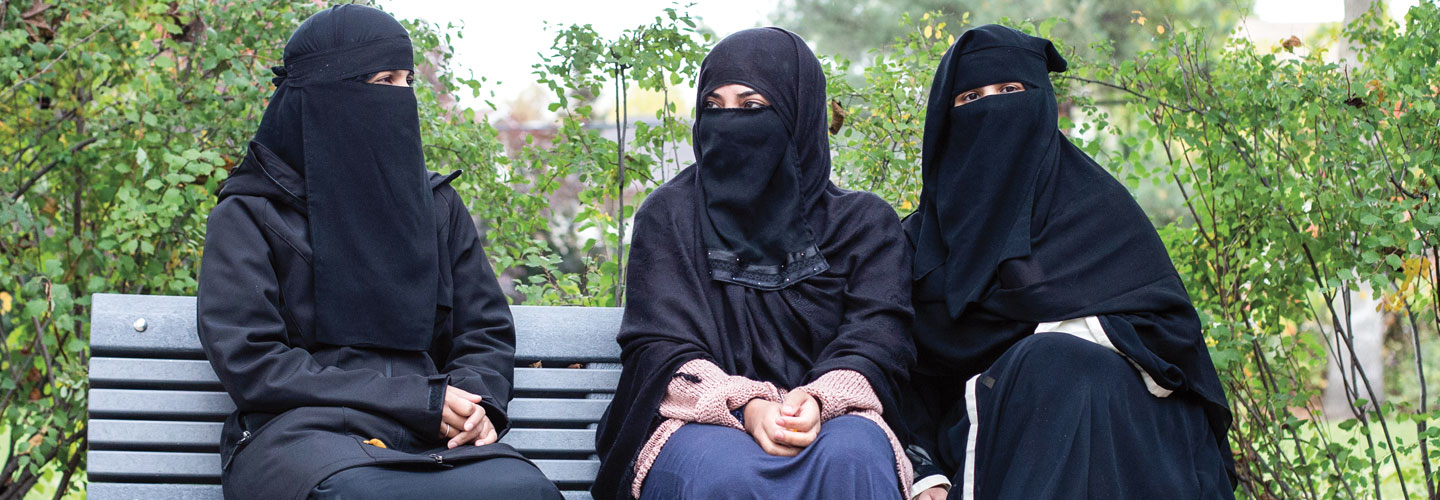Like many Muslim women, Warda Naili considers covering her hair and face in public a sign of modesty—and an essential part of her faith. That doesn’t mean it’s easy to do, she told The New York Times. “Every time I go out, someone tells me . . . ‘Go back to your country,’” says Naili, who grew up in Canada.
For Muslim women in the Canadian province of Quebec, wearing a veil in public has now become even harder. Officials there recently passed a law banning people in face coverings from receiving public services or working in government jobs. The law will prohibit public workers like doctors and teachers from covering their faces at work. It will also require people to reveal their faces when receiving services such as a medical exam. Experts say it is the first such ban in North America.
Quebec officials say that the new law is necessary for security reasons (so that a bus driver can verify a photo ID, for example). The measure is also meant to reduce the presence of religious symbols in public, reinforcing a principle of “religious neutrality,” they say.
The law doesn’t specifically mention Muslim veils (see sidebar). Yet Canadian Muslims say the new rule singles them out, adding to a bias they already experience. “The law will only put oil on the fire,” says Naili.
Like many Muslim women, Warda Naili covers her hair and face in public. She considers it to be a sign of modesty. It is also an essential part of her faith. But that doesn’t mean it is easy to do, she told The New York Times. “Every time I go out, someone tells me . . . ‘Go back to your country,’” says Naili. She grew up in Canada.
For Muslim women in the Canadian province of Quebec, wearing a veil in public has now become even harder. Officials there recently passed a law that bans people in face coverings from receiving public services. It bans them from working in government jobs too. The law will prohibit public workers like doctors and teachers from covering their faces at work. It will also require people to show their faces when receiving services such as a medical exam. Experts say it is the first such ban in North America.
Quebec officials say that the new law is necessary for security reasons. For example, it would enable a bus driver to verify a photo ID. The measure is also meant to reduce the presence of religious symbols in public. This is supposed to reinforce a principle of “religious neutrality,” officials say.
The law does not specifically mention Muslim veils (see sidebar, below). Yet Canadian Muslims say the new rule singles them out. They say it adds to a bias they already experience. “The law will only put oil on the fire,” says Naili.

